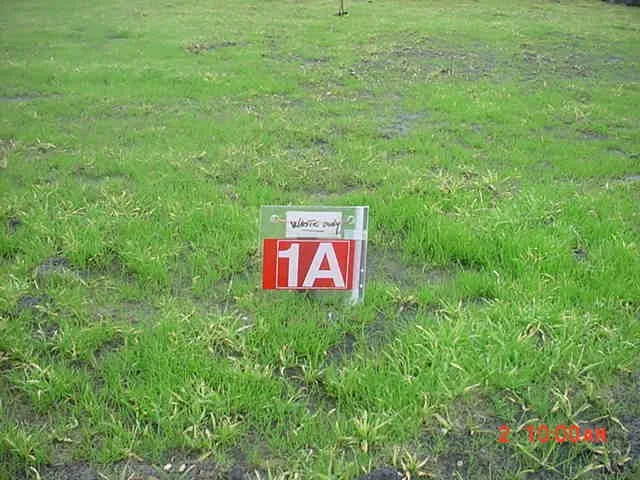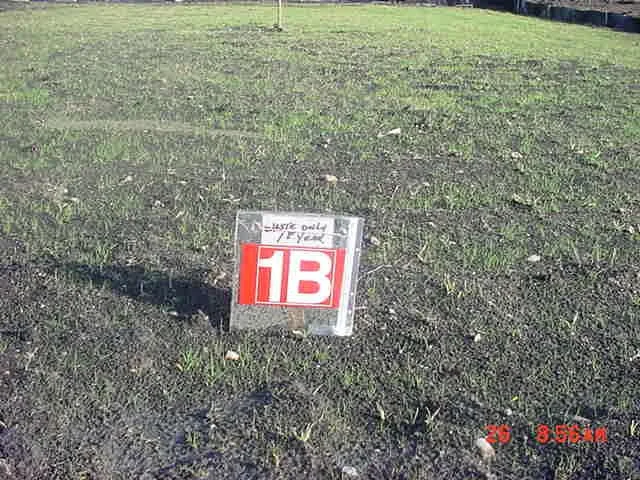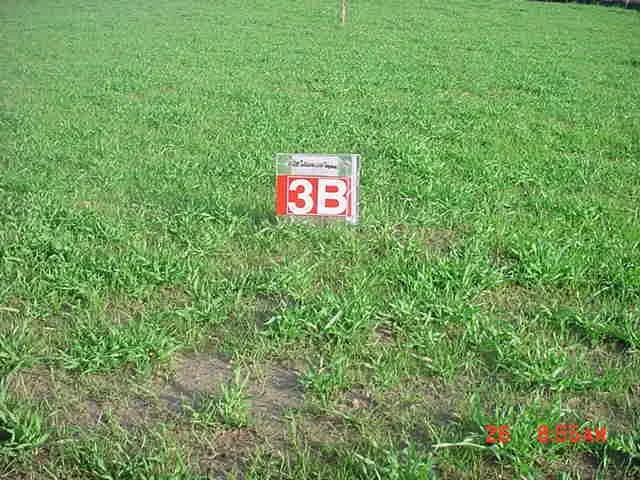Central Mississippi
Paper Waste Landfill
Revegetation
〰️
Cost savings
〰️
Regulatory compliance
〰️
Revegetation 〰️ Cost savings 〰️ Regulatory compliance 〰️
Achievements:
Identified the optimal strategies for promoting vegetation establishment under the challenging conditions presented by paper waste
Regulatory approval of the strategy
With client’s implementation of recommendations:
Significant Cost Savings
Long-Term Sustainability
Transformation of Waste into Soil
Enhanced Site Aesthetics and Function
Mississippi Paper Waste Project Description: Feasibility Assessment and Agronomic Field Study
Our involvement in the project began with a client request to evaluate how an evapotranspiration (ET) or another alternative cover system might be implemented for the closure of a paper waste landfill in Mississippi. Specifically, they were interested in a concept aligned with ET cover principles. However, as we began our research and field assessments, a different picture emerged.
Through site observations, it became clear that the paper waste itself was already exhibiting early signs of natural volunteer revegetation. Grasses were volunteering in several areas of the uncapped landfill, triggering natural pH buffering and initiating soil formation. Our focus shifted from evaluation of an ET cover feasibility to the possibility of establishing vegetation directly into the paper waste to promote gradual transformation of the waste material into viable soil. The new objective became an assessment of the feasibility of a biologically driven revegetation strategy.
To evaluate the feasibility of this approach, we conducted a comprehensive agronomic study. We established a structured grid of test plots to assess the performance of various treatment combinations. Initial trials were designed to identify grass species capable of thriving in the site’s high-pH environment, using both broadcast seeding and targeted planting. Once the most suitable species were identified, the study expanded to include larger test plots with different cover configurations: seeding directly into untreated waste, applying 6 or 12 inches of topsoil, and using targeted combinations of organic and chemical amendments.
The resulting data allowed us to make a science-based recommendation that was both practical and cost-effective. We advised the client to till gypsum, sulfate of potash, and elemental sulfur into the surface of the waste, followed by the placement of 6 to 12 inches of uncompacted topsoil and hydroseeding with a mix of selected grasses. This approach not only stabilized the landfill surface but also aligned with the natural processes already underway, eliminating the need for a more complex and costly ET cover system.
Results: The Economic and Environmental Impact
With our client’s commitment to implement an unconventional yet evidence-based approach, the project delivered substantial financial and environmental benefits:
Significant Cost Savings: Avoiding importation and compaction of clay led to dramatic reductions in capital expenses.
MDEQ Approval: The solution was fully approved by the Mississippi Department of Environmental Quality, confirming its regulatory compliance and environmental performance.
Long-Term Sustainability: The vegetative cover and amended waste surface proved resilient to weathering and erosion.
Transformation of Waste into Soil: The presence of active vegetation and associated micro-organisms, arthropods, and natural soil-forming processes, will gradually transform the shallow waste into viable soil.
Enhanced Site Aesthetics and Function: The site transitioned from a barren, high-pH waste surface to a vegetated landscape, improving both ecological function and visual appearance.










